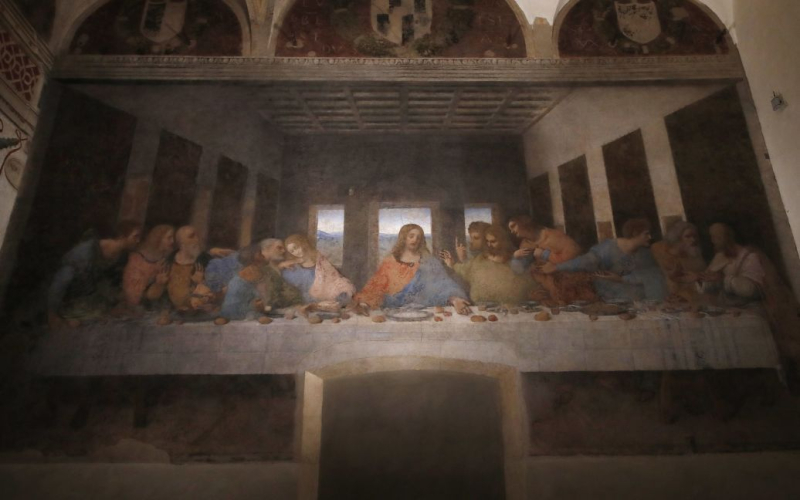~6 0~p>This discovery raises poignant questions about the wine that was served at this important meal.
Historians speculate that the wine The Last Supper was probably similar to passum, a sweet wine made from dried grapes popular in antiquity. References in the Gospels of Mark, Matthew, and Luke indicate that the Last Supper was a Passover meal, so Jesus and his disciples likely drank passum, commonly used in Jewish rituals.
Aleteia writes about this.
Passum is believed to have originated from Carthage, in what is now Tunisia, and then found its way to Rome. The ancient historian Polybius noted that in Rome it was called “ladies' wine” because noble women, who were forbidden to drink traditional wines, were allowed to drink this raisin wine.
Making passum involved drying grapes in the sun, mixing them with grape juice, fermenting the mixture, and then adding more juice for further fermentation, as described in detail by the Latin writer Lucius Junius Columella in his De Agricultura.
In his treatise, Columella describes a process that begins with harvesting well-ripened grapes and drying them on reed structures in the sun. The dried grapes are then placed in a fermentation vessel with grape juice until it ferments.
The juice is then mixed with more sun-dried grape must and the mixture is left to ferment again. The resulting wine is stored in closed containers to prevent it from becoming too harsh, and the final fermentation lasts about 20-30 days.
Today, passum wine is still produced in various regions of the Mediterranean. In Tunisia, a wine called Passum de Magon is produced using an old recipe from Columella. Also in Sicily, traditional grape varieties continue to be grown for the production of passum. In Umbria, in central Italy, a local version known as Sagrantino has become a staple, maintaining this long-standing winemaking tradition.
Understanding the historical context and production methods of POSSUM wine not only enriches our knowledge of ancient culinary practices, but also connects us to the cultural heritage that continues to influence winemaking in the Mediterranean region today.
Recall, Vatican scholar Sforza Galizia has stated that the Da Vinci Code does exist, although it is different from the one popularized by Dan Brown. According to her, hidden in the famous painting “The Last Supper” are clues that resemble an Easter egg for fans of the apocalypse.
Related topics:
More news

